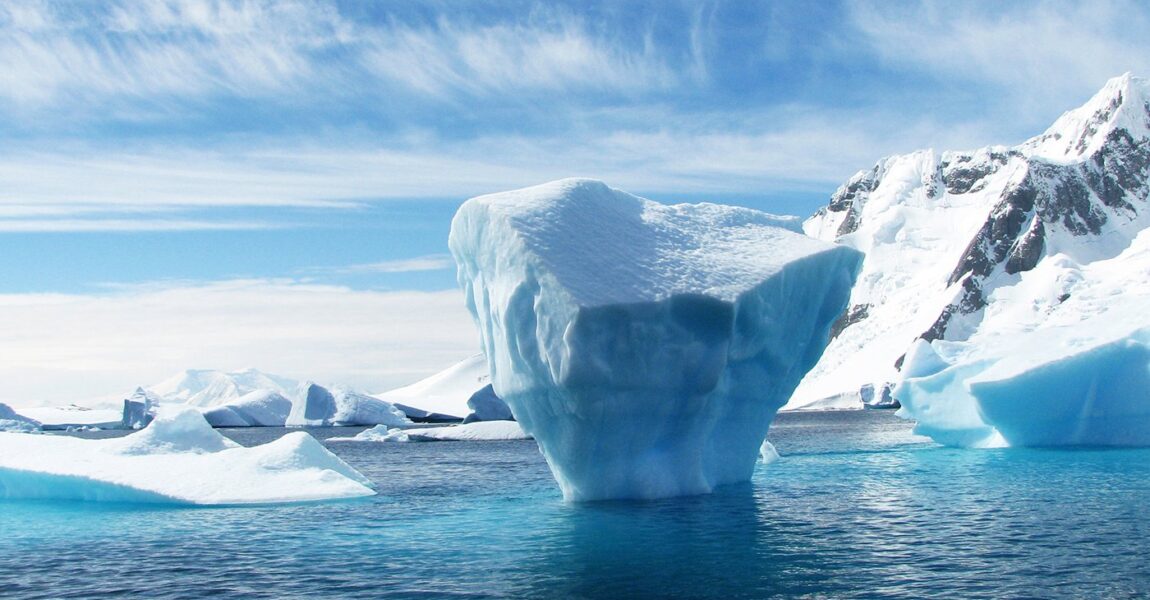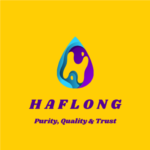
Water conservation is the careful use and preservation of the water supply, including the quantity and quality of water utilized. Water is an essential asset for the nourishment of all life. The fundamental demand for all activities appropriate for local use to the agricultural industry.
With the regularly expanding weight of the human population, there has been serious tension on water resources. Negligence of customary water bodies like tanks and lakes, unpredictable abuse of groundwater, and incorrect preservation of surface water systems have bothered the issue. Still further and is undoubtedly going to grow in the years to come.
There are various approaches to making your water last nowadays. One simple yet often disregarded strategy to cut your water bill is to use your water twice. Unlike electricity, you can reuse water again and again. That’s the idea of water conservation.
Key Facts about our water:
Water is the most important natural resource that living things need. But at the same time, it has also been misused and wasted. To better grasp the full significance of water conservation, take a look at the few yet key facts about water:
- The average adult human body comprises 50-65 percent of water. They are averaging around 57-60 percent. Infants have a higher percentage. Often around 75-78% water, dropping to 65% by one year.
- The Earth has a limited amount of water. The water we have now is all we get, recycled repeatedly. The water cycle can help you understand this condition.
- Water is the basic demand for every food. It grows our fruits and vegetable, and each livestock consumes it.
- A plant’s life is dependent on water. Plants help the ecosystem and produce the oxygen necessary to keep us healthy. Trees are generally used for housing, paper, and much more.
- Ninety-seven percent (97%) of all water on Earth is saltwater- which is not suitable for drinking.
- Only three percent (3%) of water on Earth is freshwater. Only 0.5% is available is suitable for drinking.
- The other 2.5% of freshwater is found in glaciers, ice caps, the atmosphere, soil, or under the Earth’s surface or is too polluted for consumption.
What is Water Conservation?
Water Conservation is the practice of efficiently preserving, controlling, and managing water resources.
Water conservation has become essential in every part of the world, even in regions where water appears to be enough. It is the most practical and environment-friendly approach to lessen our need for water. Likewise, using less water puts less weight on our sewage treatment facilities, which use ample energy for heating water.
Main reasons to conserve water:
- Conserving water saves energy. Energy is important to filter, heat, and pump water to your home, so lessening your water use likewise decreases your carbon traces.
- Consuming less water keeps more in our environments and aids with keeping wetland habitats best for creatures like otters, water voles, herons, and fish. This is particularly significant during dry season periods.
- Conserving water can save you money. If you have a water meter, the less water you use, the less you might be charged by your water company.
For the past 50 years, freshwater extraction from icebergs has expanded by three folds. Because of progression in life, a more significant amount of water is a need. This likewise implies a growth in the interest in the power supply with water.
Conserving water can likewise make the life of your septic system longer. This is by lessening soil immersion and reducing any contamination because of leaks. Overloading municipal sewer systems can also flow untreated sewage to lakes and rivers. The smaller the amount of water coursing through these systems, the lower the probability of contamination. A few groups, like the community-wide domestic water preservation, avoided the expensive sewage system development.
What are the Water-Related Problems?
The main problems with water are water shortage, shortages of clean water, and waterborne diseases. A lack of safe water caused 80% of all deaths worldwide. More than 5 million people die yearly from water-related diseases such as hepatitis A, dysentery, and severe diarrhea.
Approximately 900 million to 1.1 billion people worldwide lack clean drinking water, and 2.4 billion lack basic sanitation. Water demand is increasing at a rate faster than population growth. Over the past 70 years, while the world’s population has tripled, water demand has increased sixfold. The United Nations estimates that in 2025 that 5 billion of the world’s 8 billion people will live in areas where water is scarce. Many people will have difficulty accessing enough water to meet their basic needs.
Increasing populations, growing agriculture, industrialization, and high living standards have boosted water demand. All this while drought, overuse, and pollution have decreased the supplies. To make up for this shortfall, water is often taken from lakes, rivers, and wetlands, causing serious environmental damage. A 2003 United Nations report states, “Across the globe, groundwater is being depleted by the demands of megacities and agriculture, while fertilizer runoff and pollution are threatening water quality and public health.”
Every week, there are alarming predictions about water, such as disease, crop disasters, starvation, famines, and war. Safe drinking water and sanitation are major challenges in many developing countries, from shanty towns and areas to poor urban cities. At least in rural areas, the poor can dig wells and take care of sanitation in their fields.
Water Pollution
The causes of much of the pollution in rural areas are untreated sewage resulting from a lack of toilets and sewers. Salts, fertilizers, and pesticides from irrigated land contaminate the water and groundwater supplies and the saltwater entering overused aquifers. Places with sewers often have no wastewater treatment facilities, while the sewage becomes dumped right into the water supplies, a source from which people draw.
Agriculture-related pollution, such as fertilizer, pesticides, animal wastes, herbicides, salts from evaporated irrigation water, and silt from deforestation, washes into streams, rivers, lakes, ponds, and the sea. This agricultural runoff sometimes severs, creating “dead zones” in coastal water zones.
Industry-related water pollution comes from mining and manufacturing toxic chemicals and heavy metals. Power plant emissions then create acid rain that contaminates the surface water.
People often bathe, wash their clothes, and swim in disgusting water. They also drink water of uncertain quality from ponds and streams used by animals.
The water and air around the cities are polluted, and the water shortages and quality in rural areas are still rampant.
Water Shortages
Many countries worldwide face serious water shortages, with its root not really about the shortage of water but overpopulation. The worse one to know is knowing people living in places where it is unfit for human habitation. Often, water shortages are local problems rather than national ones. Water shortages are worse in areas with little rain or water and many people.
Repeated drilling and well building caused the water table to drop as much as six feet a year in some places. This is the reason water tables are falling almost everywhere. Rich countries can compensate for these shortages in some areas by building dams, tapping deep water aquifers, importing food, recycling wastewater, or desalinating seawater. Unfortunately, developing countries are vulnerable to doing these things.
Water shortage is also a big problem in many cities. Water is only turned on a couple of times a day for about half an hour. People with money can have special storage tanks to collect water during those times. This can allow them to have water around the clock. People without storage tanks collect water in jugs and buckets and often take bucket baths when water is not turned on.
Global warming can worsen these water shortages in some places and create water shortages in other places.
Solutions to Water Problems
There are major disagreements between environmentalists and agriculturists on managing available water. But, water experts say that progress in cleaning water and making it cheap has only encouraged people to waste it.
However, the goal of planners in solving water problems is to keep water cheap so poor people can get it and keep it expensive, so people don’t waste it. In places where water is subsidized, people tend to waste it due to the low prices. The obvious solution was to end the subsidies.
The most practical solution is reusing and recycling water. Some cities can meet a fifth of their water needs by recycling water. Worldwide, two-thirds of urban water don’t get treated. Systems that treat and reuse water are often the least costly. The most efficient way to clean water but have difficulty overcoming the aversion is to have drinking water derived from sewage.
Ultraviolet radiation is a popular means of disinfecting water but is less effective when the water contains sediments and sludge. For places where water is collected from dirty ponds and lakes, people have to clean it by folding clean clothes several times before placing them over a jug as the water pours through it. The cloth acts as a filter from all sorts of disease-causing organisms.
Women in Bangladesh have done the said process, not out of necessity but out of tradition. But instead of using cloth, they used cotton to remove the course debris. The best way to employ this method is to fold the cloth to four or eight thicknesses, wash, then sun dry the cloth after each filtering. At least in this method, it can remove the zooplankton that carries diseases such as cholera.
Water Conservation As A Solution
These old, tried and true methods are being brought back to conserve water through harvesting, transporting, and storing rainwater. These methods are brought back because modern technology can’t solve problems in small communities. Systems that use catchments, gutters and other channels, storage tanks, and gravity or pump-driven delivery systems. These are cheaper or at least equal to drilling and building a well.
Raised ridges to 10 meters wide, alternate with shallow canals to channel water. They are either harvested rain or deviated river water. This helps water crops, stores heat, and keeps the fields warm on cold nights.
Saving WATER is IMPORTANT!
Since safe and clean water is limited, people can access fresh water. They can control their water consumption to avoid waste and shortage. We know that the planet is mostly covered with saltwater. And can only be consumed after a desalination process, which is quite expensive. Saving water means a lot to humans and all the species on Earth.
Events such as droughts further limit access to clean and fresh water. This means people must take extra steps to reduce water use and save as much water as possible. In some areas of the world, access to water is limited due to contamination.
- March 18, 2023
- 1
- Water

Nice article